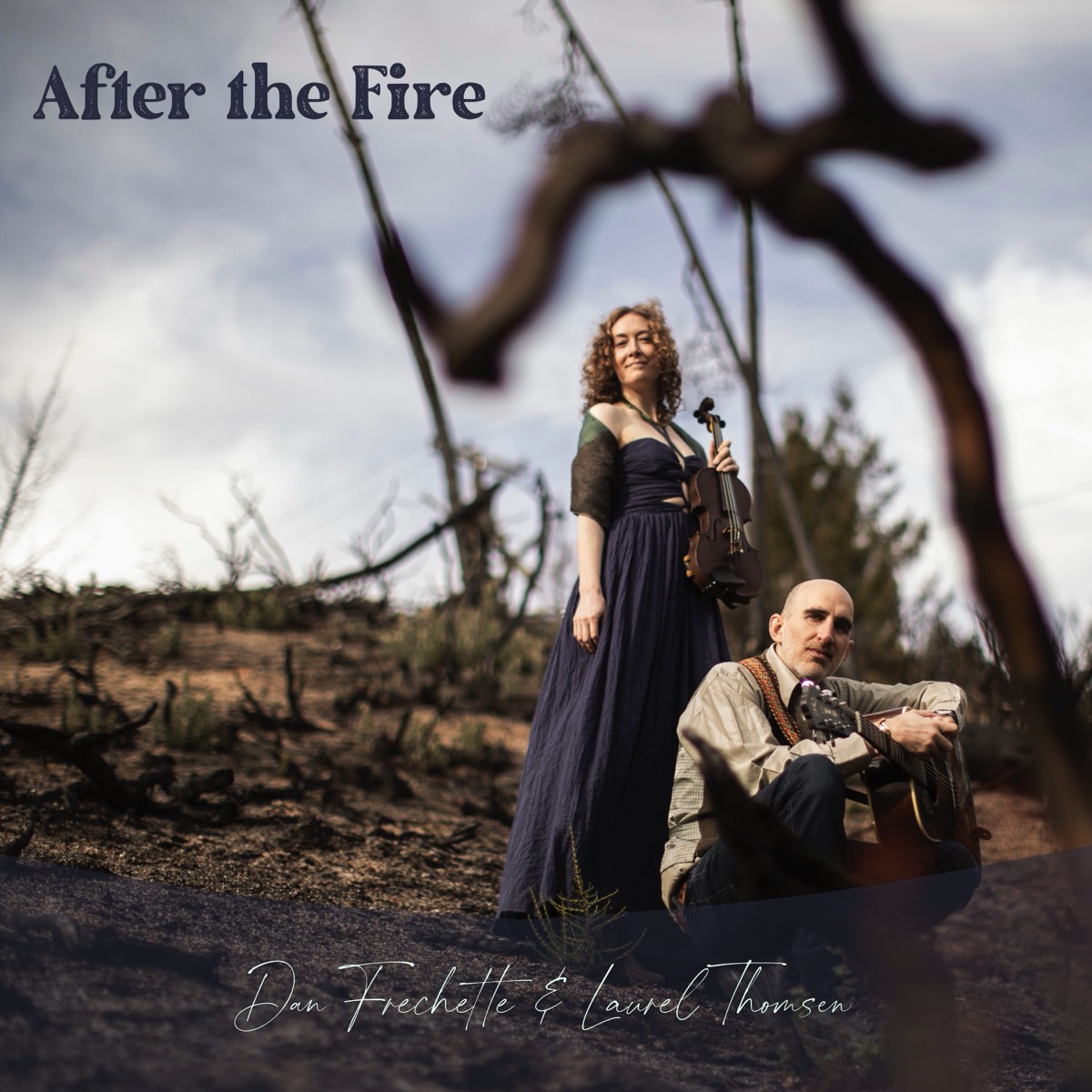Why do performers in some situations stand, while others sit? And is it better to sit or stand when we practice?
Traditionally, violin and viola soloists stand, but sit as ensemble members. Standing helps the audience identify the soloist and provides more freedom of movement and expression, enhancing the performance both musically and visually. Standing may also enhance sound projection, though we should note that while cellists usually sit (though they may be elevated on a platform), and violinist Itzhak Perlman must sit due to having had polio as a child, they are still able to project enough volume to fill a concert hall.
In contrast, when playing in an orchestra the goal is blending, both musically and visually, so it makes more sense to have everyone sitting alongside the instruments which traditionally always sit, like the cello and bassoon. For the bowed strings, sitting also helps keep players in their own "zones." We can only imagine the chaos that might ensue if everyone was standing and swaying in different directions with their pointy bows! However, some smaller chamber groups and quartets have been experimenting with standing. Cellists might be put up on risers, and some, such as Mike Block and Rushad Eggleston have long been experimenting with ways to comfortably hold the cello while standing and even moving around the stage.
In general, it's good for our violin and viola technique to stand while practicing, at least part of the time. In particular, it allows us to bow freely on the upper strings without needing to maneuver around our knees, and to include more upper body and hip movement, which, when used appropriately, can help us more easily modify bow speed and pressure, a great benefit to tone.
However, sometimes we get tired standing or we're recovering from an illness. Sitting can be totally fine, especially when we’re practicing chamber music (which typically does not have as many soloistic moments), working out left hand or rhythm issues, sight reading, etc. If we're using a lot of mental energy to figure out a new part, versus physical energy to perform a part, it can make sense to save some energy and sit.
Whichever position we choose, we should make sure that our weight is balanced, our spine is long, our core is toned, and our shoulder blades are moving back and down. Most physiotherapists agree that changing positions is the most healthy and natural state for the body, so some combination of sitting and standing is a great way to ensure we're able to practice with good posture for longer periods of time.
I have a standing desk and usually stand during both teaching and practicing, which can literally add up to days of standing every week. I enjoy using a Topo standing desk mat (see https://ergodriven.com/products/topo?variant=27365321411), which besides being a cushy but supportive surface, includes a variety of slopes to mildly stretch my feet and calves on during the day. I keep a tennis ball on the mat as well, to roll out and stretch the bottoms of my feet occasionally. I also have two short stools of two different heights at my feet so I can put a foot up from time to time. While this limits my lower body movement somewhat, placing one foot up helps to lengthen the lower back so it doesn't become overly curved at the sacrum, a common place for all the weight bearing we're doing in the upper body to eventually lead to pain if we're not careful.
When sitting, I prefer to use a firm yoga/stability ball rather then a static chair, again to facilitate more freedom of movement (just be careful not to move too much and fall off with your precious instrument!). Regardless, we should have feet flat on the floor and a pelvic tilt that is not too extreme in either direction. Also true for standing, the lower back should always be slightly curved inwards and the shoulders balanced over the hips.
For more about playing health, please check out my post "How Do I Get Out of Pain? - Playing Health in the Spotlight" (see https://www.laurelthomsen.com/violin-geek-blog/?id=how-do-i-get-out-of-pain) and my free Functional Fitness for Musicians video series (see https://youtube.com/playlist?list=PLTLosOjyPE8dMbBfD2niksBZ03zUTH5Lb).

